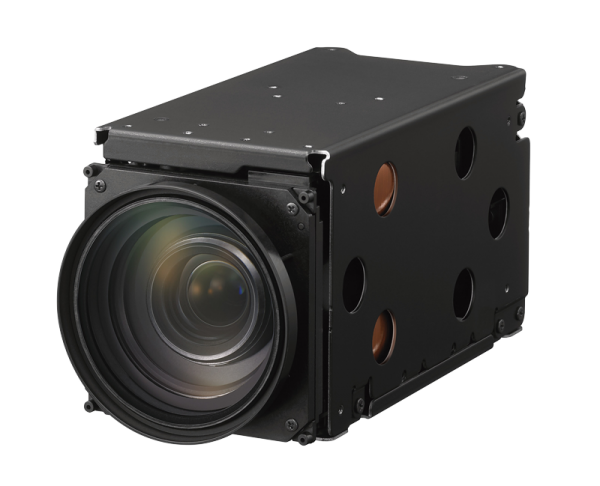The basic function of the integrated camera lens is to achieve beam transformation (modulation), in the integrated camera, the main role of the lens is to image the target on the photosensitive surface of the image sensor. The quality of the lens directly affects the overall performance of the machine vision system, and the reasonable selection and installation of the lens is an important part of the design of the machine vision system. In the machine vision system, the main function of the integrated camera lens is to place the imaging target on the photosensitive surface of the image sensor.

Principle of integrated camera lens:
For objects with different distances from the lens, focusing (focusing) is needed to clearly image the fixed position after passing the lens. Intuitively, when the lens is adjusted to the focal length, the subject will be particularly clear. Most of the focusing methods of traditional cameras are to change the distance between the film surface and the lens, and if people adjust this distance by hand during shooting, it is called manual focusing method. The optical principle of digital camera lens is not any different from that of traditional camera, but the film is replaced by CCD at the focal plane.
For most of the time after the invention of the camera, manual focusing was used, until the late 1960s, when microelectronics technology was developed and applied to cameras, the concept of autofocus did not appear. Integrated camera autofocus is a complex optoelectronic integration process, in short, its basic principle is to allow the object reflected light to be accepted by the photoelectric sensor on the camera, through the internal intelligent chip processing, driving the electric focusing device to focus.
At present, most of the automatic focus of digital cameras are passive: that is, directly receive and analyze the reflection from the scene itself, and use the principle of phase difference for automatic focus. The advantage of this autofocus method is that it does not launch the system itself, so it consumes less energy and is conducive to miniaturization. Autofocus is ideal for subjects with certain brightness and contrast, can also focus well in backlight, and can focus through transparent obstacles such as glass.

Individual high-end digital cameras also combine the active autofocus method, that is, the camera has infrared or ultrasonic or even laser generator, emit infrared light or ultrasonic to the subject, and the receiver on the camera accepts the reflected infrared light or ultrasonic focus, its optical principle is similar to the triangular distance focusing method. Active focus Because the camera actively emits light or waves, it can focus in low contrast and low light, and it can focus automatically on thin lines of the subject and moving objects. It makes up for the lack of passive autofocus.
 Sony FCB camera block
Sony FCB camera block